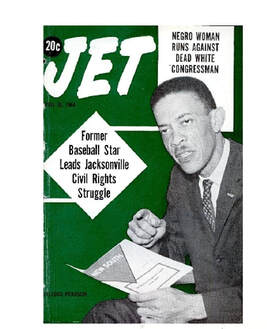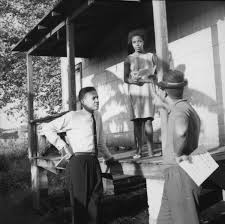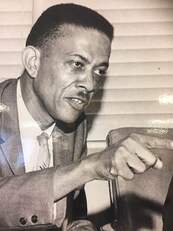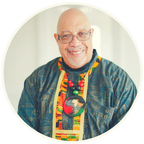 It is never too early to understand the struggle and your fight against racism. I have been talking about racism since my eighth-grade American history teacher and mentor Rutledge Henry Pearson invited me and my classmates to join the Youth Council National Association for the Advancement of Colored People (NAACP). He would tell us in the classroom, “If you are not a part of the solution, you are a part of the problem.” I was 11 years old. Mr. Pearson started me on two roads: fighting racism and understanding the great legacy of Black history. Most Black students consider American history boring because American history rarely mentions Black names and their contributions to the development of America. I would have considered American history boring too, but Mr. Rutledge H. Pearson taught our class about the great contributions of Black Americans. If it were not for his teaching against the accepted norm during this era of segregation, we would have used the American history textbook approved for Negro students in a segregated Negro class, in a segregated Negro school (Isaiah Blocker Junior High School), in the Negro division, of the Duval County School System (Jacksonville, Florida), which only included the names of two Blacks, George Washington Carver and Booker T. Washington. Mr. Pearson told us to “leave your eighth-grade American history textbook home” and proceeded to teach us real, honest, and inclusive American history. He wanted to make sure that we were armed with the tools to fight a country that did not want us here, even though our ancestors were kidnapped from Africa and brought here in the belly of slave ships. He wanted us to know that our degrading beginnings in slavery in this country were not the beginnings of those who looked like us. He wanted us to know that America did not give us anything. He wanted us to know that our ancestors rightfully earned the citizenship that America did not want us to have. He wanted us to be proud of who we were. He wanted us to know and appreciate the great legacy of Black males and females who blazed paths of accomplishments through the jungle of racism. He taught us and taught us well. And for that, I am eternally grateful. Youth Council meetings were extension of Mr. Pearson’ s classes. I became President of the Youth Council at age 15 and would become one of the leaders of the sit-in demonstrations the following year. Sit-in demonstrations began in 1960 by four students from North Carolina A&T College in Greensboro, N.C. Our sit-ins were in August 1960 since most of us were high school students and in school. I had just graduated from Northwestern Junior Senior High School in Jacksonville, two months earlier. Mr. Pearson’s classroom teaching, and his involvement with the NAACP outside the classroom, took a lot of courage in the fifties. Mr. Pearson used a saying when he talked with us about the NAACP and the struggle for human dignity and respect. He simply said, “Freedom is not free,” which resonated with me. Mr. Pearson personified courage. Fighting the war of racism is not easy and has never been easy. Yet it is a battle in a war that we must continually declare. As Mr. Pearson would say, “If you are not a part of the solution, you are a part of the problem.” Forget that and we perish as a people.
0 Comments
Leave a Reply. |
AuthorRodney. L. Hurst, Sr. Archives
June 2024
Categories |
RODNEY L. HURST, SR. - THE STRUGGLE CONTINUES!



 RSS Feed
RSS Feed
